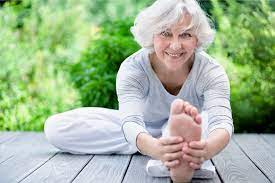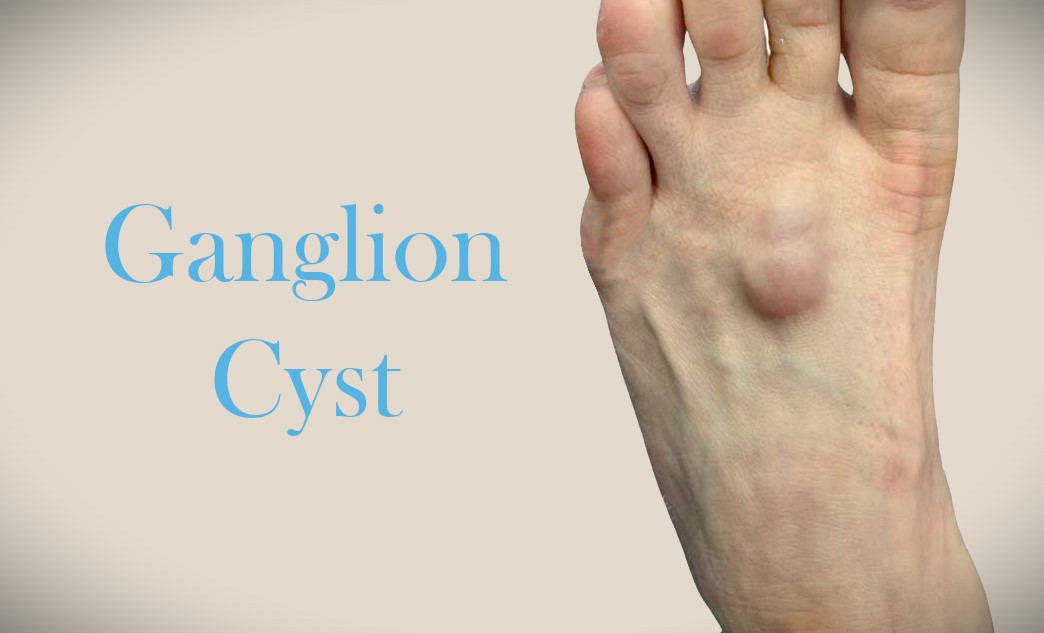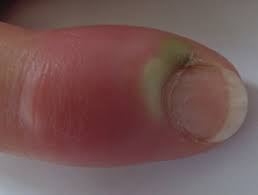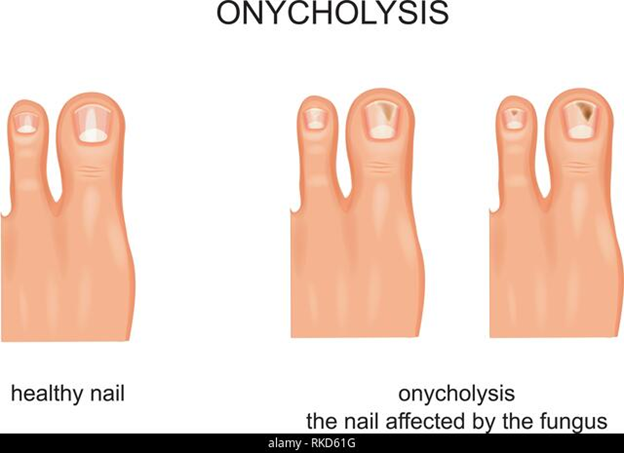Osteoarthritis and Your Feet
What is osteoarthritis?
Osteoarthritis occurs when the protective tissue (cartilage) at the ends of the bones wears down or is eroded gradually through use and ongoing trauma.
Along with this deterioration the gap between the bones can close and they can become misshapen. This can lead to loss of movement, crepitus(stiffness) and pain. The loss of cartilage and joint space can result in the bones rubbing together when we move them, and this is what people are referring to when they talk about a joint being “bone on bone”.
What causes osteoarthritis?
There are lot of reasons people will end up with osteoarthritis, the main one unfortunately being simply the passage of time.
The older we get and the more we move and use our body the more we gradually wear the joints of our body out. The good news is though this happens to most of us very gradually – provided we don’t do anything too silly.
We can speed this deterioration up quite rapidly through trauma and injuries, repeating specific undesirable movements over and over again during our jobs or playing sport.
At our clinic we often see arthritis in the feet and arthritis in the ankle of those that consistently wore the wrong types of shoes.
Arthritis will occur mainly in weightbearing joints of the body with the hip, knee and big toe joint amongst the most common sites to see arthritis.
Who is most likely to get arthritis?
Osteoarthritis can develop at any age, and in any person. However, it is more prevalent in the older population, or in those who have previously sustained an injury to a joint.
In Australia, osteoarthritis affects 1 in 5 people over the age of 45, and 1 in 3 people over the age of 75.
Women are also at an increased risk of developing osteoarthritis and studies have shown that 1 in 10 women, and 1 in 16 men have osteoarthritis.
Athletes that perform repeated movements that place strain on specific joints are amongst the worst affected, some examples of these movements include bowling in cricket or serving in tennis.
Is Osteoarthritis hereditary?
The simple answer to this is we don’t know for sure.
Studies have suggested that there is a tendency for osteoarthritis to appear more frequently in certain families and that a predisposition towards osteoarthritis does occur in certain families, but the condition is not passed on outright. Whether this is because of genetic factors, or it has more to do with environmental conditions being similar in families eg the environments they live and the type of work and activities they tend to do.
What other types of arthritis can affect the feet?
While osteoarthritis in the foot and ankle is the most common type of arthritis we see, there are several other types of arthritis that can impact the foot and ankle.
Rheumatoid arthritis, seronegative arthropathies and psoriatic arthritis can impact the foot and ankle. It is important to know if the pain you are experiencing is potentially one of these conditions as they have vastly different treatment protocols and options to osteoarthritis in the foot and ankle.
How do I know if I have osteoarthritis or am starting to get it? What does it feel like?
People will feel osteoarthritis differently. Most people describe it as a deep dull ache while some people will describe a loss of movement in their joints or a grinding feeling when they move. Some people will tell you they stiffen up and get sore when the weather deteriorates or starts to rain, and others won’t feel anything but will notice they are getting boney lumps starting to form on joints of the hands, feet, or knees.
Osteoarthritis of the foot and ankle can sneak on gradually if you’re starting to experience some of these symptoms it is well worth checking so you can attempt to limit further deterioration and avoid future pain. Often, we can order imaging, usually a simple x-ray can let us see the condition of your joints.
Is osteoarthritis painful?
Osteoarthritis can be very painful and debilitating. In some cases, it can even make it impossible for people to walk.
Like most conditions though osteoarthritis exists on a spectrum and can vary from no pain to very high, with most people experiencing low to moderate nagging pain due to it.
What are the most common areas to get arthritis is in the foot?
Something we see and treat quite often at our clinics is osteoarthritis in the 1st big toe joint (1st metatarsophalangeal joint). This is a common foot condition that can cause significant pain through the big toe, often leading to compensation pain elsewhere in the feet as the other structures try to adjust to this pain.
Osteoarthritis of the big toe joint is caused by deterioration of joint cartilage and bone and undertakes the same pathological changes of arthritis in any joint of the body.
Injury, irregular biomechanical parameters and excessive loading, forces or overuse, all lead to increased stress on the articular cartilage which therefore causes degeneration of bone.
Symptoms can present as joint pain and stiffness, bony lump formation, a reduced range of motion, and difficulty finding comfortable footwear. We have a large number of treatment options available for this particular type of arthritis.
What treatment options are there for osteoarthritis?
We can help with osteoarthritis of the foot, knee and ankle but also in some cases of osteoarthritis of the hips and back too.
Non-surgical option we offer include:
Laser therapy
We are lucky enough to have K-Laser therapy units at our clinic that can offer powerful relief from osteoarthritis. You can learn more about the K-Laser and how it works in these articles.
Prolotherapy
Prolotherapy involves the injection of glucose into joint spaces this can actually help to regrow cartilage and can also help to tighten any loose ligaments this means more joint stability and can result in a significant reduction of pain. We have more information on how prolotherapy works in this article here.
Orthotics
Orthotics can be effective in treating arthritis in the foot and ankle. They can work by holding the foot in a position that reduces pressure on the affected joint, which can help to reduce pain greatly.
Footwear modifications and advice
With our extensive knowledge of footwear, we can provide recommendations on the best shoes for you that can help to avoid arthritic joints and reduce pressure and pain in an arthritic foot.
Topical pain management
We have a large range of products available at the clinic that we can recommend and supply you with that can be effective in helping manage the pain and symptoms of osteoarthritis in the foot and ankle.
Braces and strapping
In some cases, braces and strapping to limit unwanted movement at the arthritic joint can be very helpful in reducing pain cause by osteoarthritis.
Physical therapy and rehabilitation
Exercise and getting moving is one of the best things you can do for osteoarthritis. We regularly build and design custom exercise programs using Physitrack that you can easily follow to regain some strength and movement thereby helping reduce the pain experienced by osteoarthritis.
Foot mobilisation
Our staff are trained to perform foot mobilisation. This involves moving your foot through a range of movements to regain full motion at a joint this is similar to what an osteopath and physiotherapist can do.
Of course, if we feel the problems you’re experiencing are too far advanced for non-surgical treatment or you are not responding to treatment we can also provide surgical referrals to our network of surgeons.
What can do I do to avoid getting osteoarthritis?
There are unfortunately no guarantees in terms of missing osteoarthritis altogether but there are certainly some things you can do to reduce your odds of developing the condition. These include:
Exercise
Avoid exercise that puts strain on your joints and forces them to bear an excessive load, such as running and weight training. Instead, try exercises such as swimming and cycling, where the strain on your joints is more controlled.
Try to do at least 150 minutes of moderate aerobic activity (such as cycling or fast walking) every week, plus strength exercises on 2 or more days each week that work the major muscle groups, to keep yourself generally healthy.
Posture
It can also help to maintain good posture at all times and avoid staying in the same position for too long.
If you work at a desk, make sure your chair is at the correct height, and take regular breaks to move around.
Losing weight
Being overweight or obese increases the strain on your joints and your risk of developing osteoarthritis. If you’re overweight, losing weight may help lower your chances of developing the condition.
Come see us at one of Melbourne podiatry clinics today
If you are suffering from arthritis pain, make an appointment by calling us on 03 5901 2216 or book online here. We have a highly experienced podiatry team that can come and see at our clinics in Melbourne – we have clinics located in Healesville, Mooroolbark, Croydon and Kilsyth.




